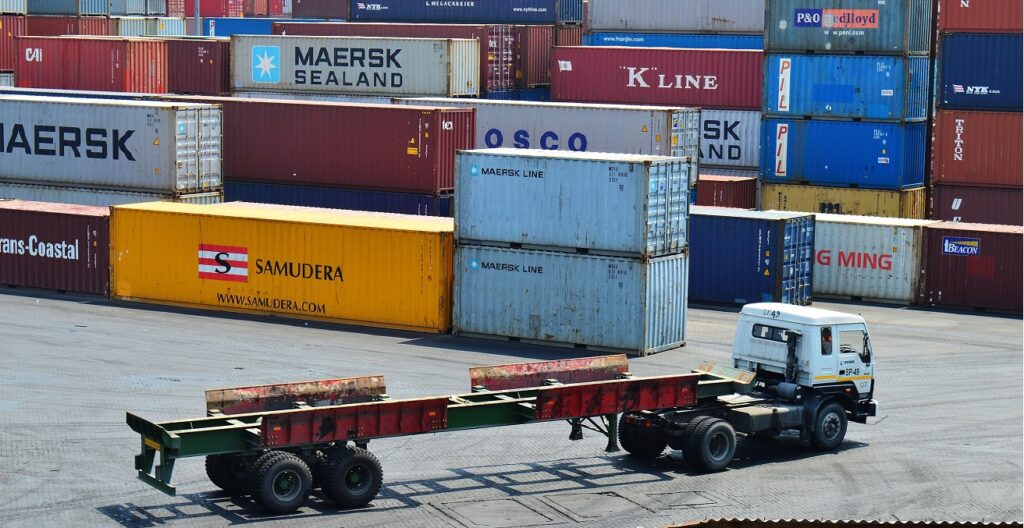
Bangladesh’s Trade Corridors: Connecting South Asia to Southeast Asia
Bangladesh is swiftly emerging as a critical trade connector in Asia, bridging South Asia with Southeast Asia through strategic infrastructure, expanding regional cooperation, and robust export growth. From ports like Chattogram and Mongla to inland routes and cross-border highways, Bangladesh is positioning itself as a gateway to a larger Asian trade ecosystem.
In this blog, we explore how Bangladesh’s trade corridors are evolving, the infrastructure enabling this connectivity, and how businesses can leverage these routes to access new markets in ASEAN and beyond.
Why Trade Corridors Matter
Trade corridors are essential for efficient regional connectivity, especially for landlocked or strategically located countries. For Bangladesh, these corridors enable:
-
Faster access to neighboring countries like India, Nepal, Bhutan, and Myanmar
-
Integration with ASEAN countries via the Bay of Bengal Initiative and BIMSTEC
-
Logistics cost reductions for exports and imports
-
Increased investment in ports, roads, railways, and SEZs
With its central location and expanding infrastructure, Bangladesh is becoming a natural trade facilitator between South and Southeast Asia.
Key Trade Corridors in Bangladesh
1. Bangladesh-India Trade Route (Benapole, Akhaura, and Dawki)
Bangladesh shares a 4,096 km land border with India, with numerous customs checkpoints like Benapole (the busiest), Akhaura, and Dawki. These land ports facilitate high-volume bilateral trade and transit shipments to India’s northeast.
🔗 Explore cross-border logistics solutions offered by Bangladesh-Agent.com.
2. Bangladesh-Nepal and Bhutan Transit Corridor
Thanks to recent BBIN (Bangladesh, Bhutan, India, Nepal) agreements, Nepalese and Bhutanese cargo can transit through Bangladesh’s ports, especially Chattogram. This provides access to global markets that landlocked countries previously lacked.
-
The route from Nepal to Mongla/Chattogram via India is now operational.
-
Bhutan uses Burimari-Changrabandha corridor to access Bangladeshi territory.
🔗 Learn more about customs clearance and agent services for BBIN trade.
3. BCIM Economic Corridor (Bangladesh-China-India-Myanmar)
Though still under development, this corridor aims to connect Kunming (China) to Kolkata (India) via Bangladesh and Myanmar. The corridor would:
-
Cut travel time and cost for trade between China and South Asia.
-
Enhance Bangladesh’s importance in regional connectivity.
Despite political hurdles, the BCIM initiative continues to attract strategic interest.
4. Bay of Bengal Maritime Route
Bangladesh’s coastline allows it to connect directly to Southeast Asia’s maritime trade network. The Bay of Bengal Initiative for Multi-Sectoral Technical and Economic Cooperation (BIMSTEC) promotes shipping and trade links between Bangladesh, Myanmar, Thailand, and India.
Chattogram Port and the deep-sea port at Matarbari are key enablers in this maritime push.
🔗 Read about Bangladesh’s leading ports and trade infrastructure.
Infrastructure Supporting Trade Corridors
To transform its corridors into regional economic arteries, Bangladesh is investing in key infrastructure:
🚢 Seaports
-
Chattogram Port: Handles over 90% of Bangladesh’s seaborne trade.
-
Mongla Port: Gaining prominence for West Bengal and Nepal trade.
-
Matarbari Deep Sea Port (under construction): Will handle large vessels and connect directly to Japan, Singapore, and Malaysia.
🛣️ Road & Rail
-
Padma Bridge: Connects the southwest with Dhaka, cutting transport times by up to 50%.
-
Dhaka-Chattogram Expressway & Railway: Enhancing port access.
-
Trans-Asian Railway (TAR): A UN-backed project connecting Bangladesh to Southeast Asia by rail.
🏭 Economic Zones
-
Over 100 Economic Zones are in development across Bangladesh.
-
Strategic ones like Mirsarai EZ are close to ports and corridors, providing manufacturing zones for regional trade.
🔗 Discover investment support for exporters near trade zones.
Bangladesh’s Role in Regional Trade Agreements
Bangladesh is part of several trade agreements and regional initiatives aimed at enhancing corridor-based trade:
-
SAFTA (South Asian Free Trade Area)
-
BIMSTEC
-
Asia-Pacific Trade Agreement (APTA)
-
BBIN Motor Vehicle Agreement
These agreements reduce tariffs, streamline customs, and support infrastructure development, making it easier for goods to move across borders.
As Bangladesh moves toward LDC graduation by 2026, leveraging these agreements and corridors will be vital to maintaining export competitiveness.
Challenges to Overcome
Despite progress, several barriers still exist:
-
Customs inefficiencies and bureaucracy at borders
-
Poor last-mile connectivity in remote areas
-
Limited cross-border harmonization of trade policies
-
Geopolitical uncertainties, especially with large neighbors
The government and development partners are working to address these through policy reforms and infrastructure investments.
Business Opportunities for Global Players
For exporters and manufacturers:
-
Set up in economic zones near corridor routes for easier shipping.
-
Use third-party logistics (3PL) partners to optimize cross-border freight.
-
Leverage Bangladesh’s duty-free access to EU, UK, and Canada alongside corridor trade.
For investors:
-
Invest in cold chain logistics, warehousing, and road infrastructure.
-
Explore public-private partnerships (PPPs) in ports and transport projects.
-
Partner with local sourcing agents to tap into reliable supply networks.
🔗 Hire a trusted sourcing or business development agent to explore these routes effectively.
Conclusion
Bangladesh is not just a fast-growing economy—it is a rising connector between the powerhouses of South and Southeast Asia. As its trade corridors mature, they will enhance trade efficiency, reduce costs, and offer unparalleled access to regional and global markets.
For businesses seeking regional expansion, investing in or operating through Bangladesh’s trade routes can offer long-term strategic advantages.
🔗 Explore how Bangladesh-Agent.com can help you navigate this evolving trade landscape through expert logistics, sourcing, and investment support.